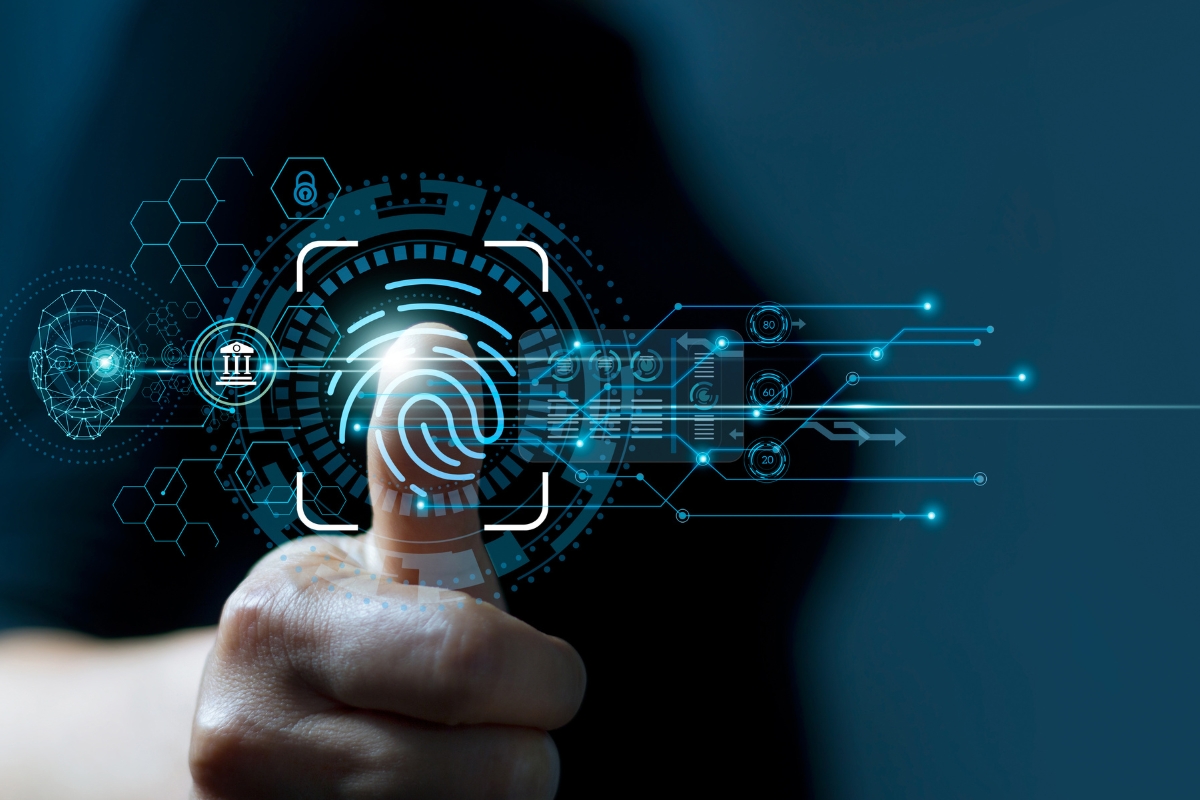In today’s fast-paced working world, efficient time and attendance management is crucial for businesses. Accurate tracking of employee attendance not only ensures correct payroll records but also enables companies to comply with employment laws and regulations.
Traditional time and attendance systems have their limitations, with issues such as buddy punching and time theft becoming increasingly prevalent. To address these challenges, more and more businesses are turning to biometric clocking systems, which provide highly accurate monitoring of employee presence and simplify payroll computations.
How Do Biometric Clocking Systems Work?
Biometric clocking systems use unique physiological or behavioural traits, such as fingerprints, facial features, or iris scans, to accurately record employee work hours and attendance.
These systems employ advanced technology to capture and map these biometric data points, creating a secure and reliable way to identify and authenticate individuals. By using biometric data, such as fingerprints, employees can easily log in and out of their offices, eliminating the need for traditional time cards or passwords. The system compares the captured biometric data with the stored data, ensuring that only authorised individuals gain access.
One of the key advantages of biometric clocking systems is their ability to provide highly accurate and tamper-proof attendance records. Each fingerprint, for example, has unique coordinates that cannot be replicated, making it virtually impossible for employees to cheat the system. The system can accurately track employee attendance by mapping the employee’s finger coordinates and comparing them to the stored data.
Benefits of Biometric Clocking Systems
1. Accuracy
Accurate and up-to-date attendance records are essential for transparent HR operations. Biometric clocking systems eliminate the possibility of human error when recording attendance, ensuring that payroll calculations are based on precise data. By maintaining accurate attendance records, companies can take a clear stance on any legal actions .
2. Prevention of Buddy Punching
Buddy punching, where an employee clocks in or out on behalf of another employee, is a common form of time theft in traditional time and attendance systems. Biometric clocking terminals greatly reduce the risk of buddy punching by providing employers with a reliable and trustworthy data source. With biometric verification, attendance is only recorded when the employee is physically present, preventing fraudulent time entries.
3. Enhanced Security
Biometric clocking systems offer a higher security level than traditional access methods, such as keycards or PINs. Unlike passwords or keycards, biometric data cannot be easily stolen or duplicated, ensuring that only authorised individuals gain access to secure facilities and information. This enhanced security helps protect sensitive data and assets, reducing the risk of unauthorised access and potential security breaches.
4. Efficient Payroll Processing
With biometric clocking systems, payroll processing becomes more streamlined and efficient. The system automatically tracks employees’ clock-in and clock-out times, accurately calculating the total hours worked. This eliminates the need for manual tracking and reduces the chances of errors in payroll calculations. Employers can easily generate attendance reports and payroll records, saving time and resources.
5. Remote Work Capabilities
In today’s flexible work environment, where remote work is becoming increasingly common, biometric clocking systems offer the flexibility to track employee attendance regardless of their location. Some biometric systems include remote clocking options through mobile applications or other secure methods, allowing off-site or remote employees to record their work hours accurately. This ensures that companies can monitor and manage attendance effectively, even with a dispersed workforce.
6. Simplified Shift Management
Shift changes and managing different work schedules can be challenging for employers. Biometric clocking systems simplify shift management by facilitating seamless transition and accurate tracking of shift changes. The high throughput and quick authentication requirements during shift changes can be efficiently handled with fingerprint sensors or other biometric authentication methods. This simplifies the process for employers and employees, ensuring smooth operations and reducing administrative burdens.
7. Compliance with Employment Regulations
Accurate attendance tracking is essential for compliance with employment regulations. Biometric clocking systems provide a reliable and tamper-proof method of tracking employee attendance, ensuring compliance with employment laws and regulations. By maintaining accurate attendance records, companies can demonstrate their commitment to fair practices and avoid potential legal issues.
8. Employee Accountability and Productivity
Biometric clocking systems promote employee accountability by ensuring that employees are present and on time. With accurate attendance records, employers can monitor employees’ punctuality and address any attendance issues promptly. This fosters a culture of accountability and productivity, leading to improved work performance and overall organisational efficiency.
Conclusion
Biometric clocking systems offer numerous benefits for businesses, ranging from enhanced security and accuracy to improved payroll processing and employee productivity. These systems utilise unique biometric data, such as fingerprints or facial features, to accurately track employee attendance and prevent time theft. By implementing biometric clocking systems, companies can streamline their time and attendance management processes, ensure compliance with employment regulations, and foster a culture of accountability and productivity. As technology continues to advance, biometric clocking systems will play a crucial role in shaping future workplace efficiency and security.

